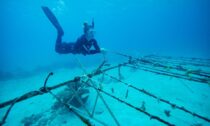
If you were lucky enough to take a tropical beach vacation more than 30 years ago, you were likely amazed at the underwater world you could explore with a snorkel and mask. Since then, underwater enthusiasts often find reefs are a disappointment, with bleached, broken, and dead corals more prominent than live colorful ones.
Coral restoration projects are making a difference. They’re not just for guests of the hotels that sponsor them but make a difference for the entire planet. As you plan a post-pandemic beach vacation, lend the oceans a helping hand by choosing a resort that participates in coral reef restoration programs.
The world’s corals are dying
Due mainly to climate change, but also to problems like over-fishing and even tourists wearing the wrong sunscreen, the wor...
Read More

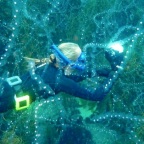

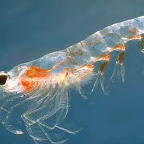
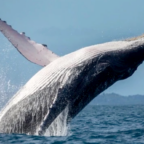
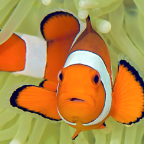
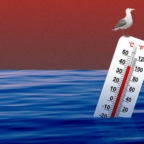
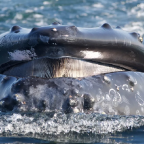
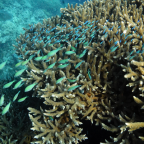
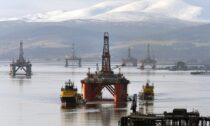
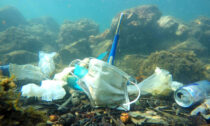
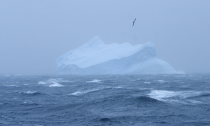
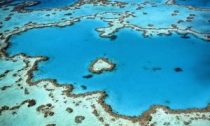
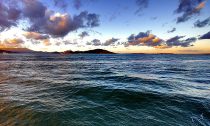
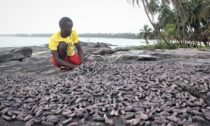
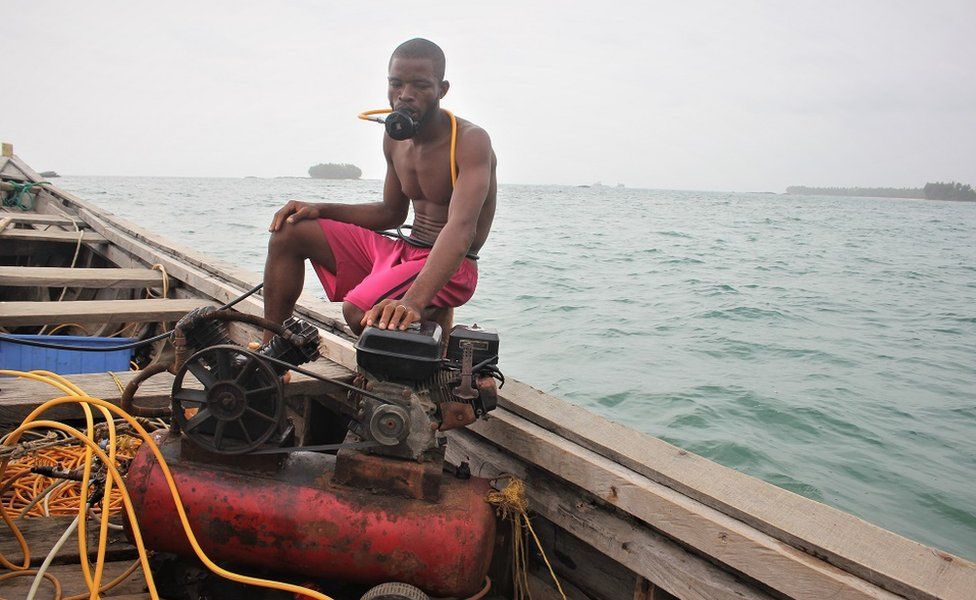
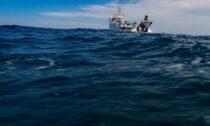
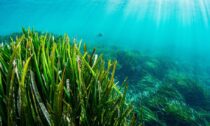
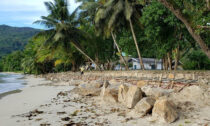
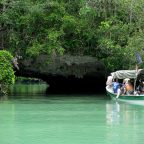
Social Profiles